- Savage Blog
- Small Game Hunting: A Savage Staple
Small Game Hunting: A Savage Staple

Small game season is officially here! Each season many hunters hit the fields and the woods in pursuit of small game for food, fun, and bonding time with family and friends. Small game hunting is a staple of American hunting culture, and many passionate hunters trace their roots back to hunting squirrels, rabbits, and other small game critters as a kid with their family. So let’s talk about important items to know for small game hunting!
The Critters You’re Chasing
Small game can be used to refer to any number of different animals that you can hunt, such as squirrels, rabbits, upland birds, migratory birds, furbearers, etc. For today’s blog we’re going to focus on two of the most popular and commonly found small game animals, squirrels and rabbits.
Squirrels
Some love them, some hate them, but everyone knows the bushy tail critters that roam the woods all across the country. Squirrels are a staple of small game hunting due to their plentiful numbers, easy equipment needs, and great variety in how they can be prepared. Squirrels are typically found wherever you can find a tree, but most often prefer large stands of timber where they can find hard mast crops such as nuts and acorns.
Rabbits
Another go-to small game animal for many hunters is rabbits. Rabbits can be found all over the country, with the two most commonly hunted being the cottontail rabbit and jackrabbit. Cottontail rabbit species can be found all over the US, while jackrabbits are typically found in the western US and Great Plains states. Rabbits will typically be found in brushy cover and tall grass along the edges of woodlands and fields, as well as in swamps and other areas of thick cover.
Seasons and Regulations
While seasons and regulations will vary based upon each state, small game seasons will typically start later in summer during the months of August and September and go throughout the winter, often into February and March. Most states will require that you hold a small game hunting license or permit in order to hunt squirrels and rabbits, which are often inexpensive and readily available.
Since there is no specific “tag” for squirrels and rabbits, nearly all states will utilize daily bag limits and possession limits. The daily bag limit refers to how many of each animal you can harvest in one calendar day, while the possession limit refers to the number of harvested animals you can have in your possession at any given time. These limits are in place to prevent overharvesting of these animals as a resource to help them remain plentiful.
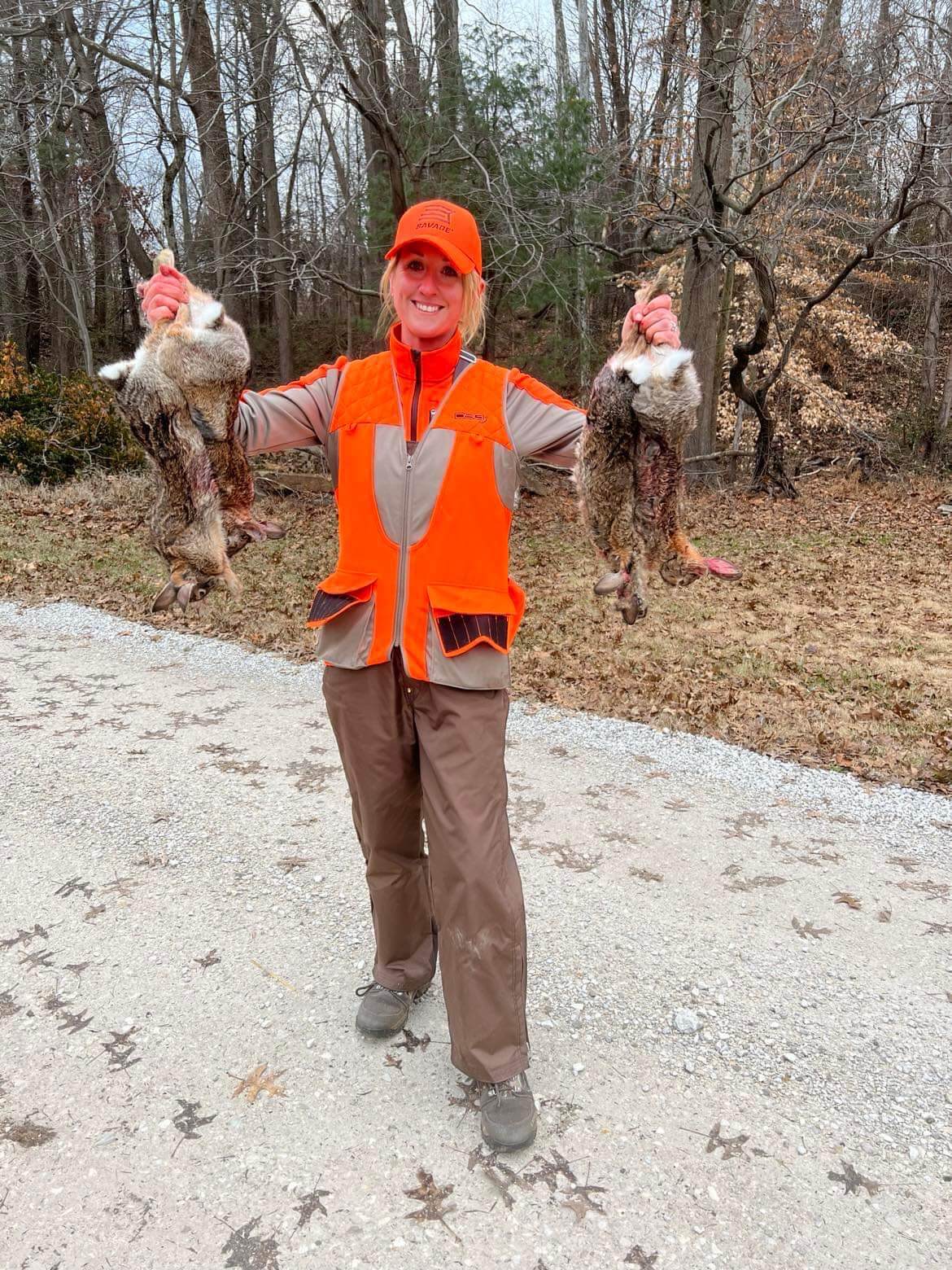
States may also regulate what firearms you can use to harvest squirrels and rabbits depending on where you are hunting. If you are hunting on public land near a housing development, for example, you may be required to use only shotguns to hunt small game animals to prevent potential harm or damage to neighboring property. Some hunting areas may also require you to use non-toxic ammunition as well.
Season dates, rules, and regulations all vary widely in each state. Make sure you check your local laws, rules, and regulations fully before heading out to the field to hunt small game. Many states make this information easily available with a hunting guide or regulation booklet that is available ahead of the season. Check your local sporting goods retailer or with your state’s fish and wildlife agency for information on where to find regulations.
Small Game Gear
One of the most appealing reasons to get into small game hunting is the simplicity of chasing these small, furry critters. Small game hunting can require as little as your firearm of choice and a good pair of boots or come with all the bells and whistles of seats, calls, and other help. Here are some pieces of gear to consider when you’re looking to go small game hunting:
Firearm
Your most important companion into the field is the firearm that you carry. When you’re hunting small game like squirrels and rabbits, you have a couple of different options in the firearms you can use. One of the most popular options is a rimfire rifle, often chambered in 22 Long Rifle. The 22LR cartridge is a great choice for small game hunting due to its ability to take game at close range without causing excess damage to the meat of the animal. Firearms chambered in 22LR also have very little to no recoil, making them the perfect option for youth hunters or those who are sensitive to recoil. For taking small game at longer ranges, 17 HMR and 22 Magnum are also excellent rifle calibers to consider. Savage Arms has an extensive lineup of rimfire rifles that are ideal for small game hunting. Here are just a few great options to choose from!
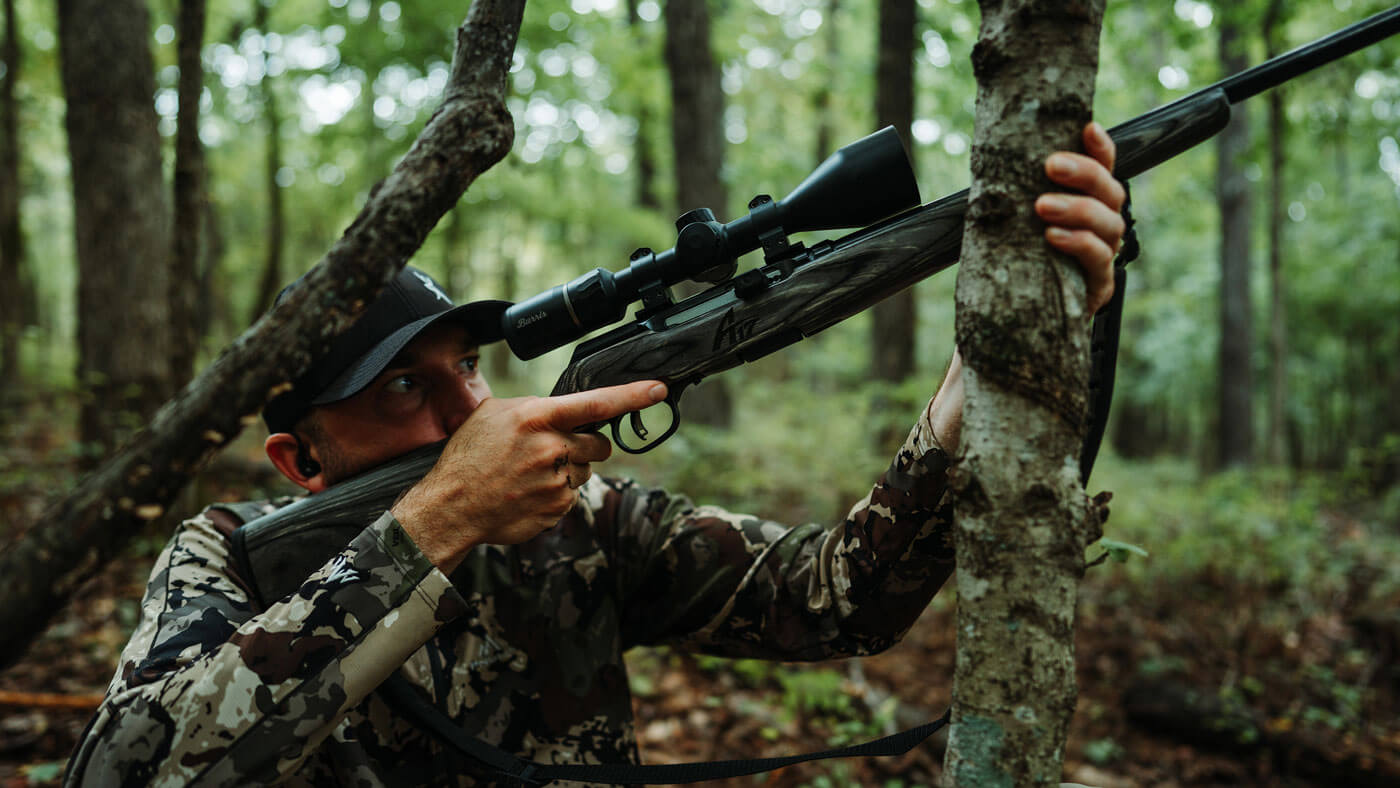
Another firearm option that you may consider when small game hunting is a shotgun. Shotguns are more popular for hunting rabbits, who are often moving at a fast pace when you are taking a shot. Any gauge of shotgun can be used for small game hunting, but smaller gauges like 410 bore, 28 gauge, and 20 gauge are more popular due to their lighter weight and lighter recoil. Shotguns may also be required in certain hunting areas where rifle hunting is not allowed, so check your area regulations before heading out to hunt. Here are some great Savage shotguns for you to consider for small game hunting:
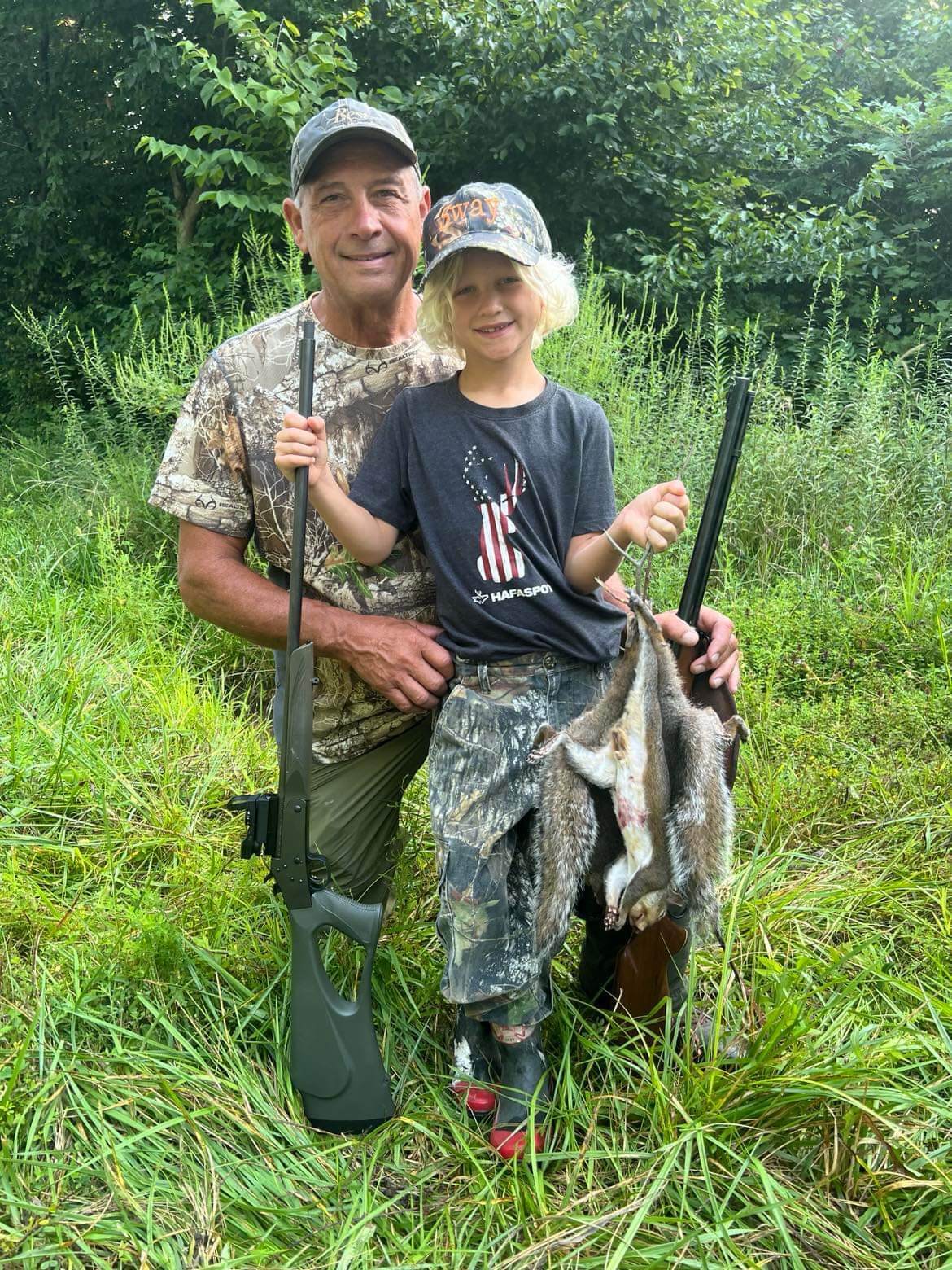
For a full list of great Savage firearms for small game hunting, check out this page on our website!
Boots
It’s something you may not think about, but a good pair of boots is critical for small game hunting. Small game hunts often involve walking through fields or woods in search of game, and a good, comfortable pair of boots can help extend your hunt. Look for boots that have good traction, comfortable soles, and fit you well. If you’re hunting in a swampy area or intent to cross creeks and streams, having waterproof boots may also be a plus.
Seats
Just as you may be doing a lot of walking when small game hunting, you also have the opportunity to sit quietly and wait for your quarry. It’s what makes small game hunting fun and enjoyable, you can hunt your way! You will most often be sitting still when squirrel hunting, waiting for squirrels to come out of their nests or come bounding along through the woods. If you’re choosing to sit still, make sure you take a good cushion or seat with you to the woods. A thick foam pad or comfortable camp stool can be a great way to extend your hunt and keep you more comfortable than just sitting at the base of a tree.
Clothing
Clothing selection for small game hunting is fairly simple, wear something comfortable! While camo can certainly be worn, and is encouraged for hunts where you’re sitting still and blending in, it’s not always necessary for small game hunting. If you’re using camo, try to use one that matches the environment around you. If you’re not using camo, wear darker, solid colors. Natural earth tones are the best option to use. Also grab a good pair of gloves, as you will be walking through thickets, brambles, and other cover that can scratch up your hands. No matter what type of small game hunting you are doing, it is always a good idea to wear a blaze orange cap and/or vest, especially when hunting on public land or private land that multiple people have access to hunt.

Calls
Calls are not used as often in small game hunting, but they can be used to attract squirrels and rabbits in the right circumstances. Squirrel calls can imitate different squirrel vocalizations such as barks, chatters, and distress calls. If you’ve spent time in the woods deer or turkey hunting, you have likely heard all of these calls before. Squirrel calls are most effective in late fall and winter during their breeding season, and are typically used when you are sitting still and waiting for squirrels to come in.
Rabbit calls are not used as often as squirrel calls, but they can still be used effectively. The most common type of rabbit call used is a distress call, which makes a high pitched whining sound. This sound can be used to attract rabbits, but it is mainly used as a predator hunting call to attract predators such as coyotes. In most cases, rabbit calls will not be needed, especially if you are walking along and flushing rabbits from cover.
Dogs
Where legal, hunting with dogs can be effective for small game hunting. Hunting rabbits with dogs is traditional in many parts of the country. Beagles are the most common breed associated with rabbit hunting, but you can also hunt rabbits with dachshunds, basset hounds, and other hound dog breeds. Dogs will help you locate and flush rabbits out of cover, often chasing them into more open spots for better shot opportunities.
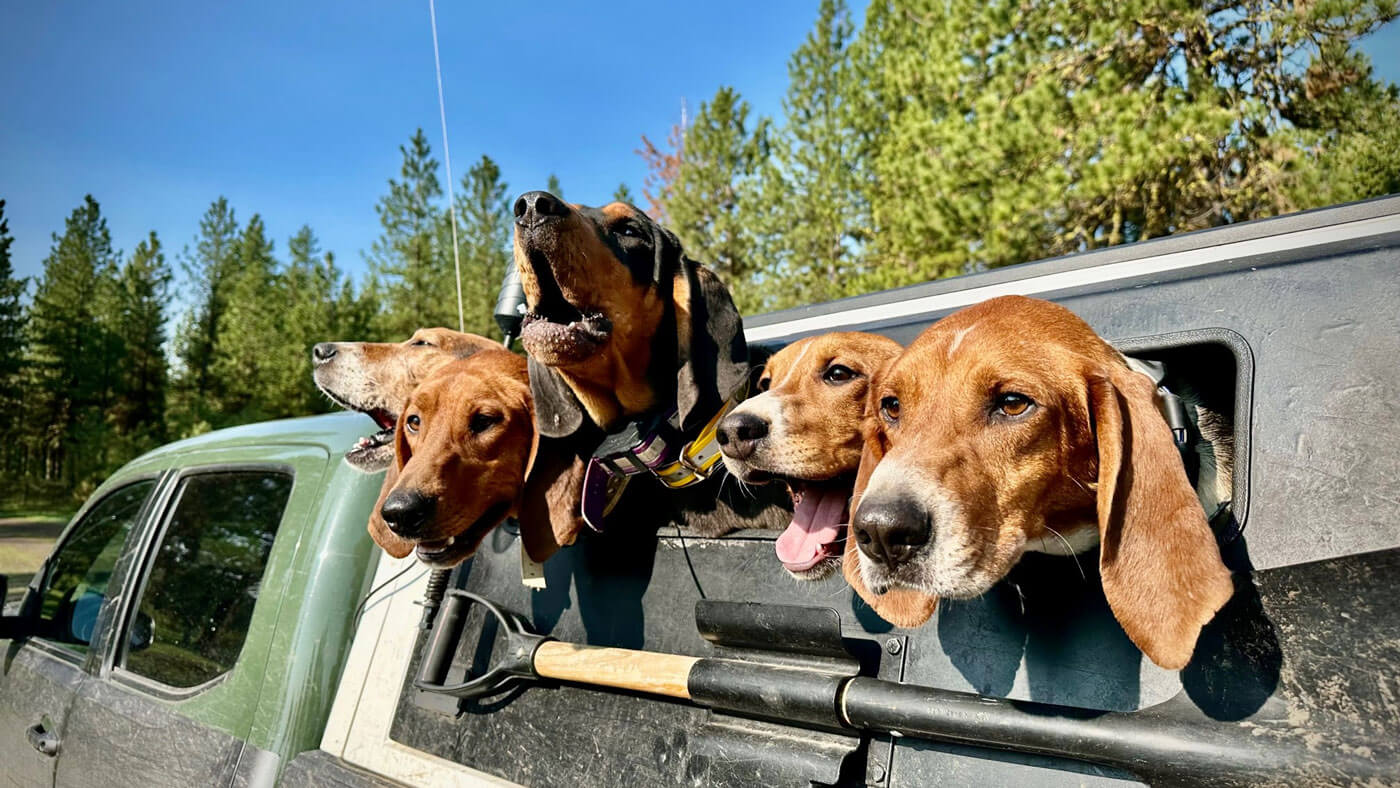
Hunting Tactics
Just as the habitat types that rabbit and squirrels inhabit can vary widely, so do the tactics for hunting these two small game animals. When you are rabbit hunting, your main tactic will be similar to upland bird hunting. As you walk along field edges and through brushy areas where rabbits tend to hide you will try to flush them out from the cover. As mentioned above, hunting with dogs can be a great way to flush rabbits out of cover easier and more efficiently. Walk in a zig-zag pattern and keep your eyes on the cover ahead of you, while also listening for rabbits rustling in the brush as they try to escape. Rabbits move quickly, so when they flush from cover you will want to be quick and line up your shot before they dive into another patch of cover.
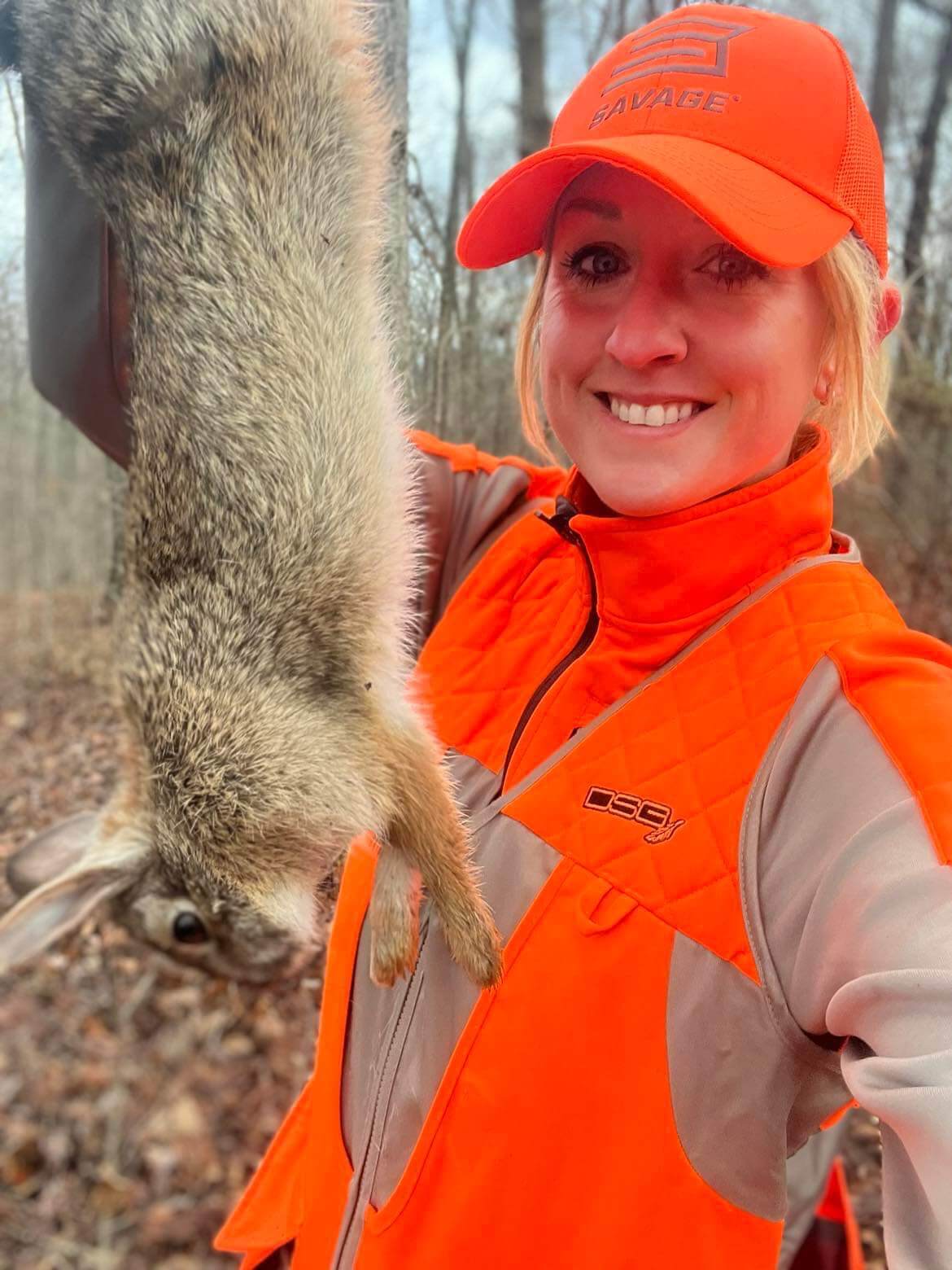
There are two main ways that you can squirrel hunt. You can either sit and wait, much like you may hunt turkey or deer, or you can walk slowly through the woods from tree to tree. When you sit for squirrels, you will want to sit at the base of a large tree and watch the tops of surrounding trees. Squirrels will often move from tree to tree during the day, so be on the lookout for movement. You can call while you are sitting to get the attention of squirrels in the area and draw them in towards you for a closer shot. When you are walking for squirrels, walk slowly and continue to look towards the tops of trees for movement. Also pay attention to rustling leaves, which is often a giveaway of a squirrel running through the understory. Stop frequently while you are walking to scan the surrounding area for any movement.
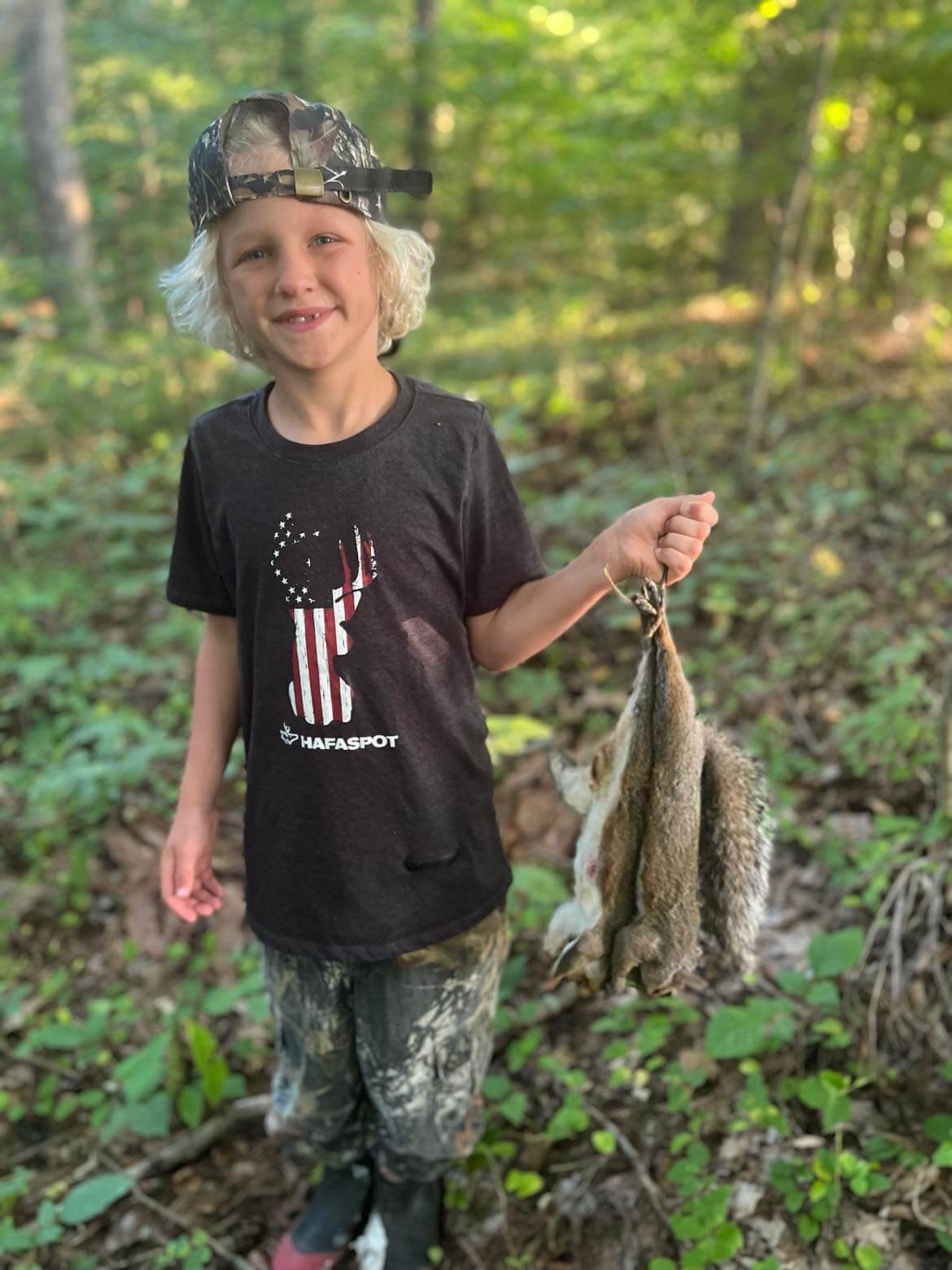
For both squirrels and rabbits, it is best to hunt them later in the year during the later part of fall and into winter. Both animals are much more likely to be active while it is colder, especially on days where they are looking to warm up in the sunlight. Hunting squirrels and rabbits is also easier when leaves and foliage have been killed off by frost, making both animals easier to see and shoot. Squirrels are especially best to target later in the winter during their breeding season, where they will be more susceptible to come into your calling.
Recipes for Your Harvest
Like any good hunt, the best part is often whenever it’s time to eat what you’ve harvested! Small game animals make for excellent table fare that can be used in a variety of ways. Squirrels and rabbits both can be prepared in soups and stews, be pan fried or deep fried, grilled, or fixed just about any way that you can think! Here are some of our Wild Table recipes that you can use for your next small game meal:
Check out Wild Table for more wild game recipes to use for your next harvest!

Small game hunting is a time-honored tradition for many hunting families. Chasing squirrels, rabbits, and other small game is a great way to get both kids and adults into hunting with minimal equipment and experience required. Small game hunting can teach you valuable lessons about the outdoors and is a great way to keep your skill sharp when you’re not out hunting larger game animals. So, if you haven’t already, give small game hunting a try! We know you’ll have a blast and maybe even pick up a new hunting passion!


